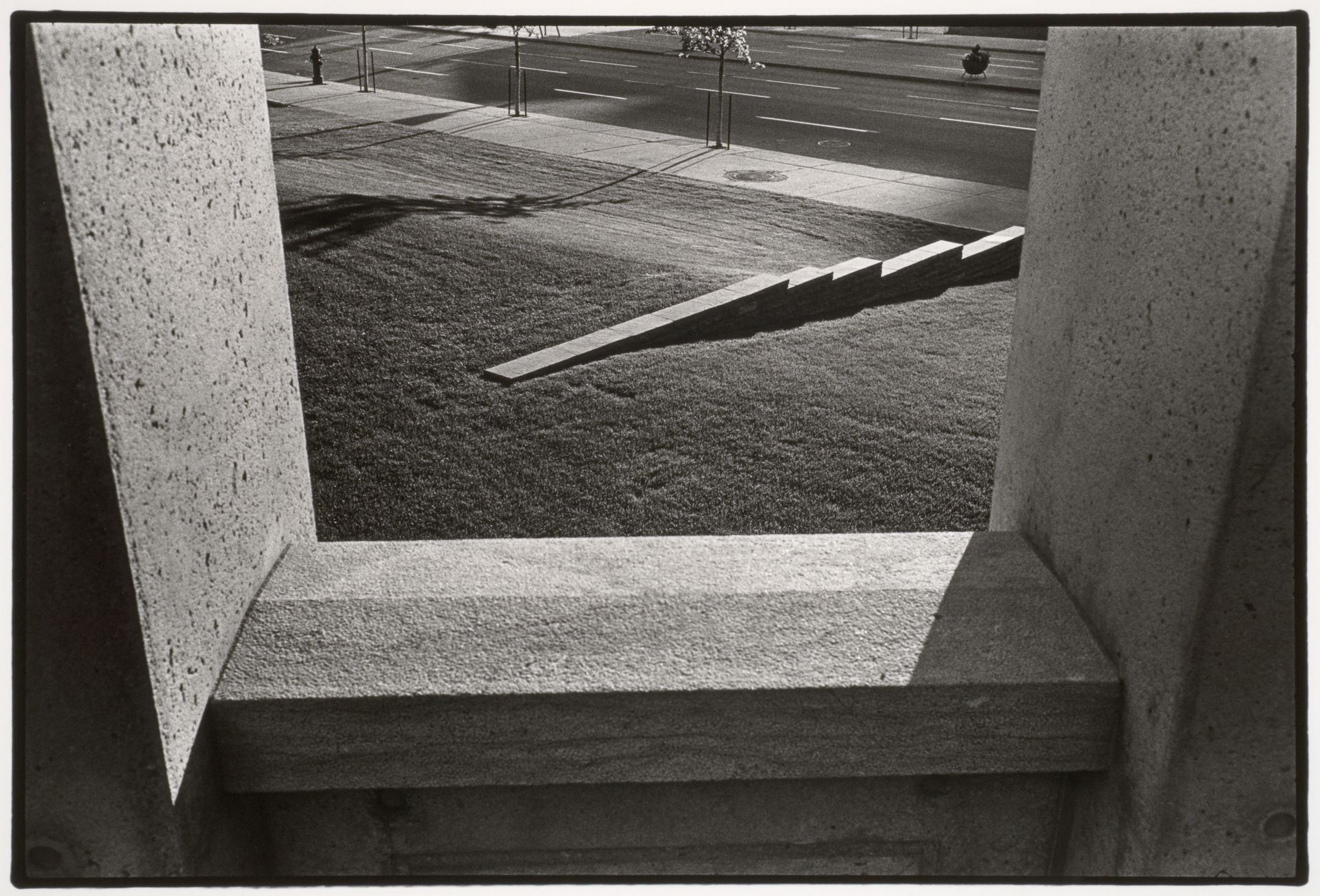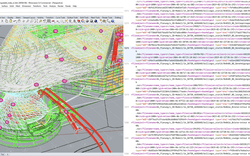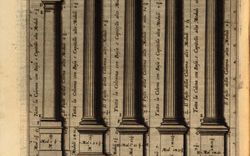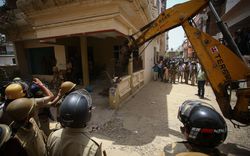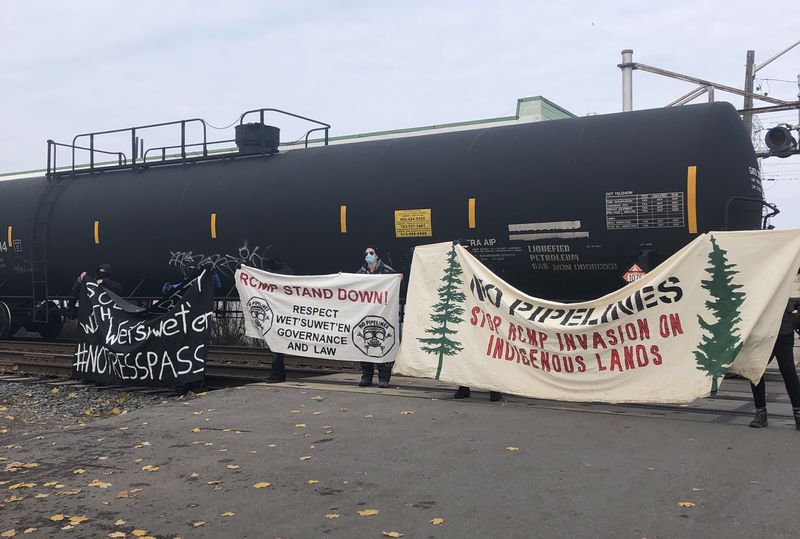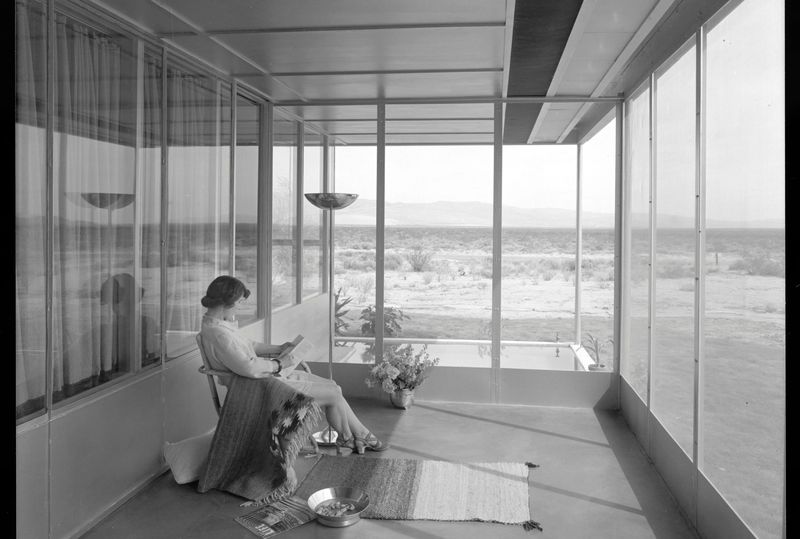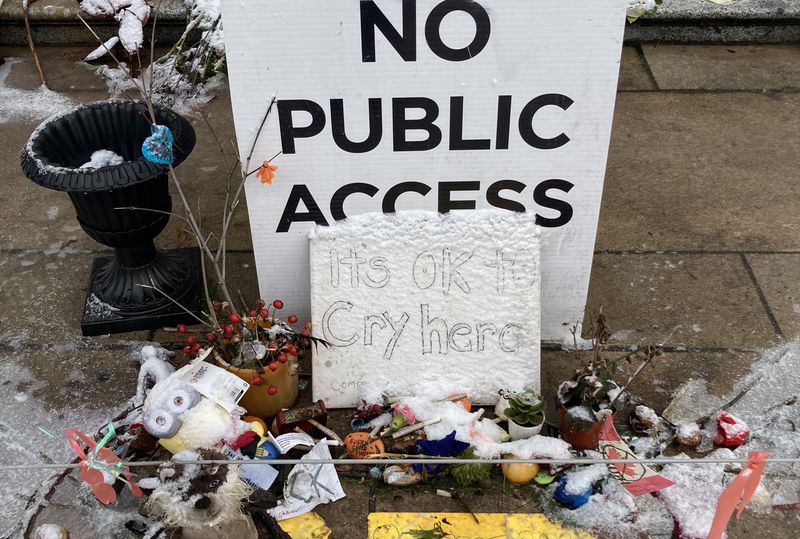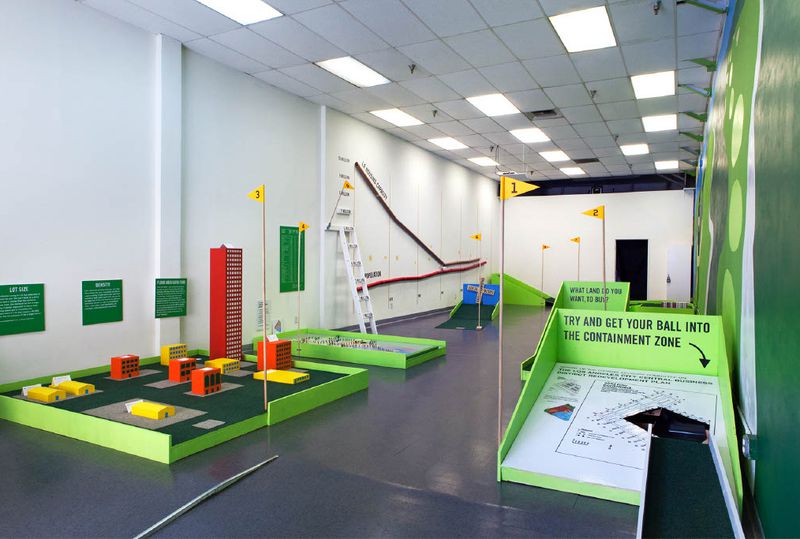Toolkit for Today proposes a week of seminars, workshops, and public events that invites scholars to open their toolboxes and share their methods with the participants of our Doctoral Research Residency Program.
This year, we ask ourselves these questions: how are some bodies, subjects, and citizens included in the construction of built environments and others are marginalized? Why is design often premised on a reductive logic of users and owners? What conceptions of property emerge if its colonial lineages are understood, diagnosed, and documented?
These lines of inquiry balance on the legal assumptions—often taken for granted—that structure how, by whom, and under what conditions design is undertaken. Legality designates a state of being that is in accordance with the statutes of a given law. To be legal is to affirm the underlying conditions that led to the ratification of a law in the first place. And yet, designers are among those challenging the original legality of many orders that still shape built environments—orders like the treaties that help states dispossess Indigenous peoples of their land; the policing policies and techniques that result in the disproportionate incarceration of Black youth; and the labour and health standards that disenfranchise workers of their right to safe workplaces. These examples are spatial conjunctures in which the legal frameworks that shape and regulate everyday life collide with historical forms of power, oppression, and the so-called rule of law.
The 2021 Toolkit for Today traces alternate legalities that aim to probe the elasticity of legal practice as it intersects with the built environment. Legalities for Living centres the experiences of marginalized communities as they navigate through legal frameworks that have often been designed in concert with socio-political structures of exclusion. It will speculate on legalities that challenge the idea that legal systems are slow and reactive, and rather move toward an understanding of systems that can anticipate and include multiple ways of navigating the built environment.
From 31 January to 4 February, we invite the public to join us for conversations with participating researchers that will address the limits of currently accepted legal frameworks, practices, and mechanisms and explore how such frameworks can be reconfigured to create different experiences of the built environment.
